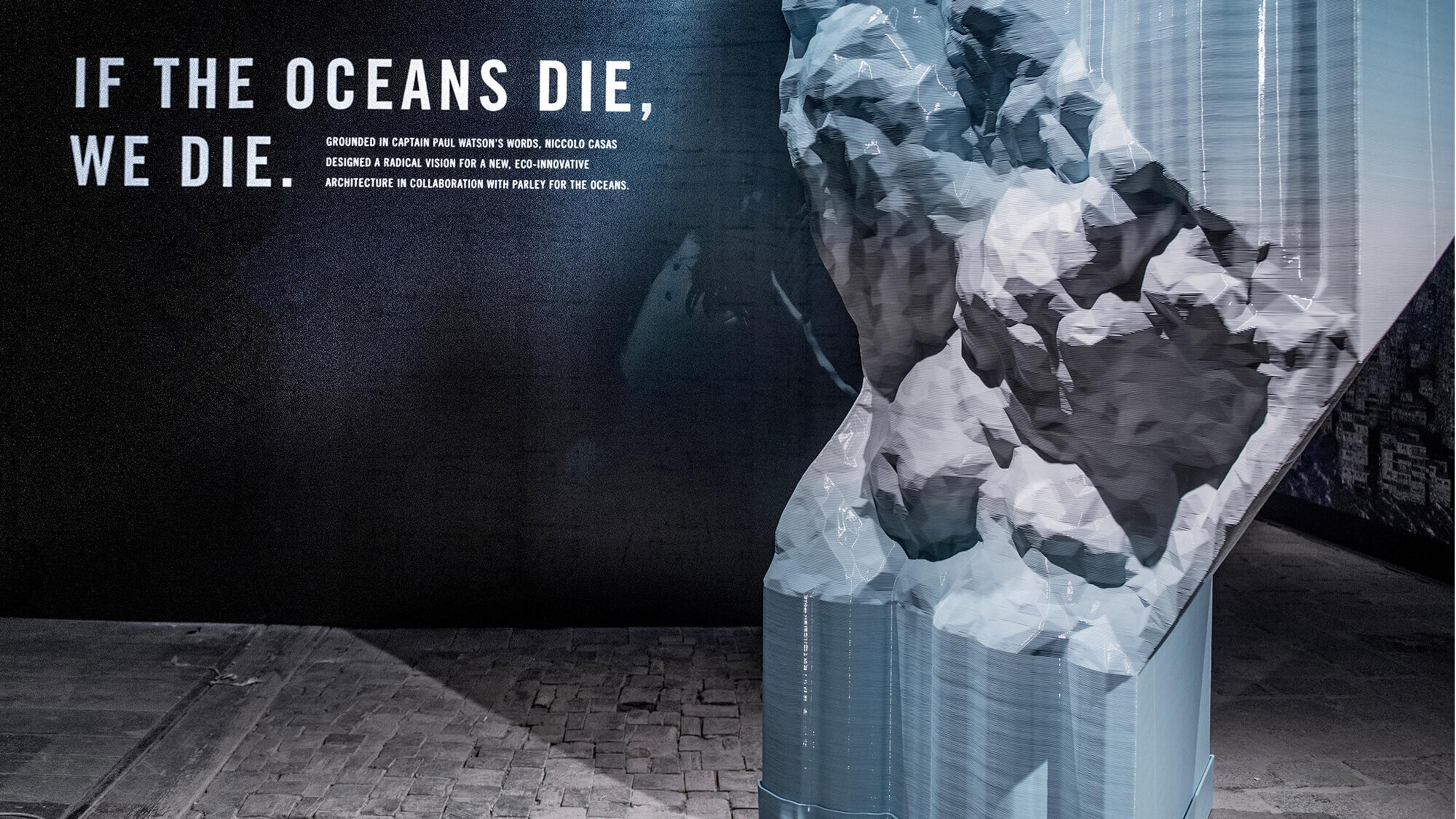Innovation and growth doesn’t always need to look forwards

NEVERBLAND®
27.09.2022

This September London Design Festival (LDF) celebrated its twentieth year. The show exhibits a dizzying number of creative efforts from the vast field of design – from textiles to architecture. Imposing a theme on such a get-together always feels ham-fisted. But after years of attending, I’ve noticed a trend that pops up each time the festival rolls into town – designers using old techniques to make something new.

This principle is refreshing, because it reminds digital product technologists and entrepreneurs that innovation doesn’t have to be so relentlessly forward-looking. In fact, the past represents an infinite catalogue of creative inspiration and process hacks.
Retromarketing

Firstly, look at the current tide of creative inspiration drawn from recent history. The term retromarketing refers to the practice of revisiting a cultural touchpoint from a bygone era, then bringing it up to modern standards of functionality or fidelity. Carmaker Hyundai did this well last year with the 35th anniversary edition of its flagship sedan, the Grandeur. It looks like a perfectly preserved 80s relic, but on closer inspection, it has a fully electric powertrain and all the touchscreen gadgetry the brand is known for. Look around, and you see this approach in most consumer industries, particularly fashion. For instance, the costume designer for hit Netflix show Stranger Things recently partnered with surf wear brand Quicksilver on a raft of clothing collections rooted in 80s fashion.
Historical amnesia

It’s tempting to become obsessed with the new. Forthcoming innovations in tech, science and engineering consistently promise a world of unfettered possibility. Some theorists are introducing techniques that help us overcome this bias, and better examine the past to make our future more appealing. This enables business strategists to overcome the phenomenon of historical amnesia, where innovators, in trying to create industries of the future, blunder into the same problems time and time again. G. Pascal Zachary, a veteran reporter from the Wall Street Journal explores this in his writing. The most actionable is something he calls useable history: “I’m committed to a concept of ‘usable history,’ he writes in Technonomy, “so that I also seek to build models from the past. Historical awareness, and historical materials, for me, generate explanatory models for present and future phenomena. These models, derived from close historical readings, can help anticipate the future, if not sometimes even predict it.”
LDF is celebrating the start of its third decade at a curious point in history. Increasingly, design will be called upon to help solve our most pressing problems. In fact, the proportion of projects that tackle issues ranging from climate change to mass migration seems to tick upward with each installment. In the coming years, we may learn that in challenging times, the best course of action can be found not by training your eye on the horizon, but by taking a furtive glance over the shoulder.
It is in this special place of taking a quick glance back over the shoulder and looking forward, digital product studios will be able to thrive when they consider how to create the very best digital solutions.
Related articles

Reaching your Peak Potential
4 min read


